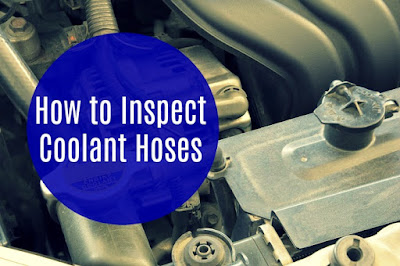It may be the end of summer, but living in the Sunshine State
we feel the heat well into the fall months of the year. That means you’ll
definitely want to make sure your engine coolant hoses are in mint condition.
These hoses in your car are the weakest link when it comes to your cooling
system. That means they are going to need some tender, love, and care more
frequently than the other components of this system. Not to fear, Toyota of
Orlando has got your back and won’t let you suffer the effects of broken engine coolant hoses and 100-degree weather.
The 411 on Coolant Hoses
The coolant hoses in your car are comprised of pliable
rubber compounds. They are made from this material in order to absorb the shock
that comes from the engine and radiator of your Orlando Toyota. While the main
duty of these hoses is to secure coolant under pressure there are several outside
forces that can damage the rubber compounds they are derived from: extremes
temperatures, oil, sludge, dirt, and ozone, to name a few.
However, the biggest enemy to your engine coolant hoses is electrochemical degradation, also referred to as ECD. ECD will damage hoses by
creating small cracks in the rubber that in the long haul, will create pinholes
in the hose or cause the hose to completely burst. This delicate part of your
cooling system only gets to this point when your coolant is contaminated by
acid and the materials that reinforce the hoses are weakened.
Toyota of Orlando tips to
prevent hose failure
Now that you know what can happen if you do not take proper
care of your engine coolant hoses and why they fail, we have picked the brains
of our Orlando service staff to give you some simple tips on how to
prevent this from happening to your vehicle.
- Check that your coolant-recovery tank (this should be white) is filled to the proper fluid level. There are tick marks on your tank to designate where the fluid level should be. If you notice the level dropping beneath the appropriate level after multiple fillings you most likely have a leak.
- When inspecting your coolant-recovery tank check your engine bay for white, green, blue, or pink tracks. These tracks are an indicator of a leak.
- Make sure to do this step only when your engine is cool. Using your thumb and forefinger, press the hoses together close to the clamps. This is where ECD usually happens. If your hoses are in good condition you should find that they have a sturdy feel absent of any soft spots.
- When your car is hot, examine hoses for any cracks, bulges, or pinholes. Also, keep an eye out for any collapses in the hose or fraying by the connectors.
- After consulting your owner’s manual for proper instruction, flush and renew your coolant. Fresh coolant makes ECD and hose failure less likely.
We know this sounds like a lot to do, but once you pop the hood of your Orlando Toyota this will all make a lot more sense. Just a couple of extra minutes of car maintenance and you could save yourself a whole lot of time and money. Nonetheless, if you have any further questions or want one of our Toyota of Orlando service staff members to take a look at your vehicle, don’t hesitate to call us at (407) – 298 – 4500. We are open 7 days a week and offer amazing service specials every day. Safe travels!



No comments:
Post a Comment
Note: Only a member of this blog may post a comment.